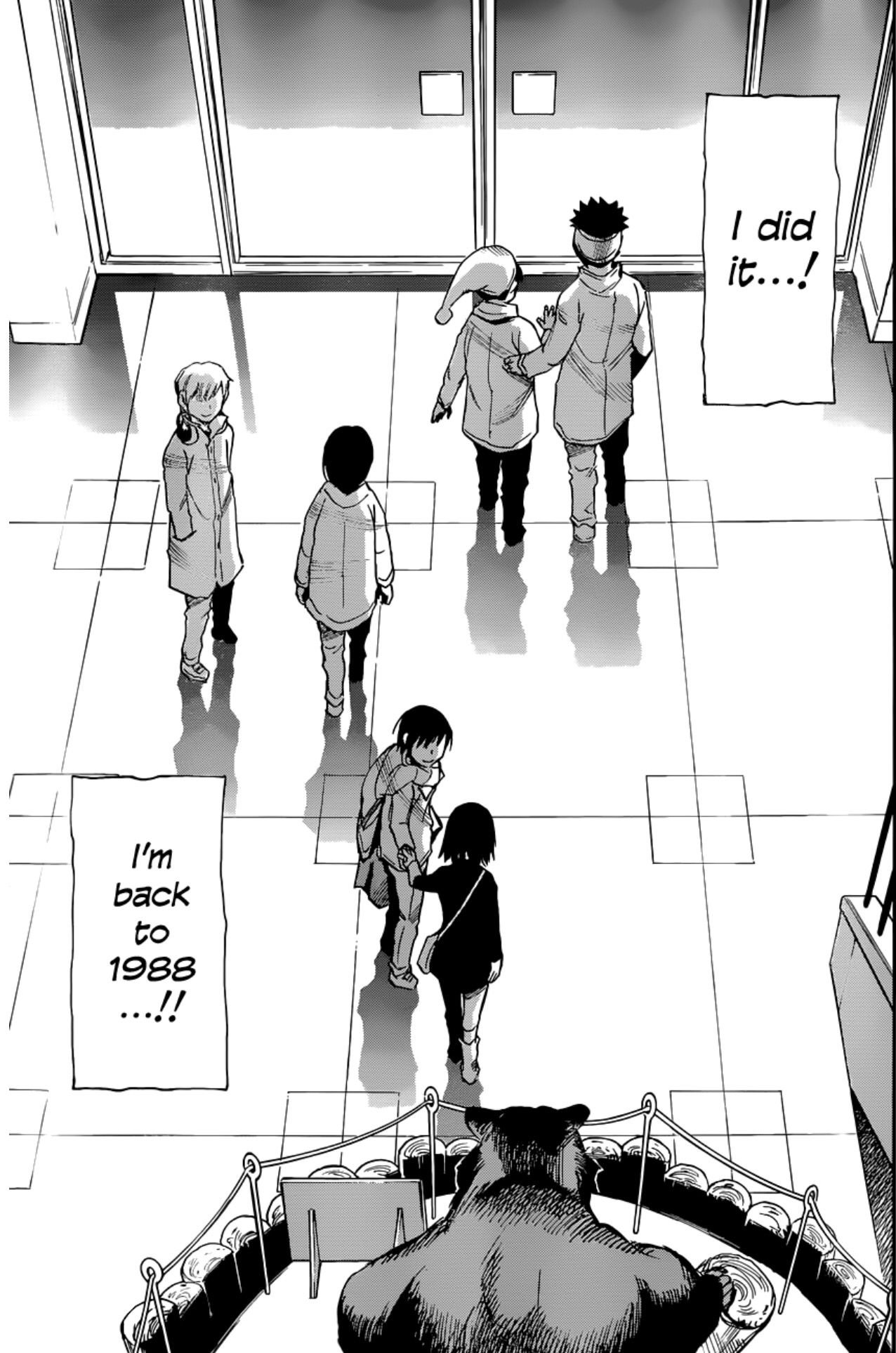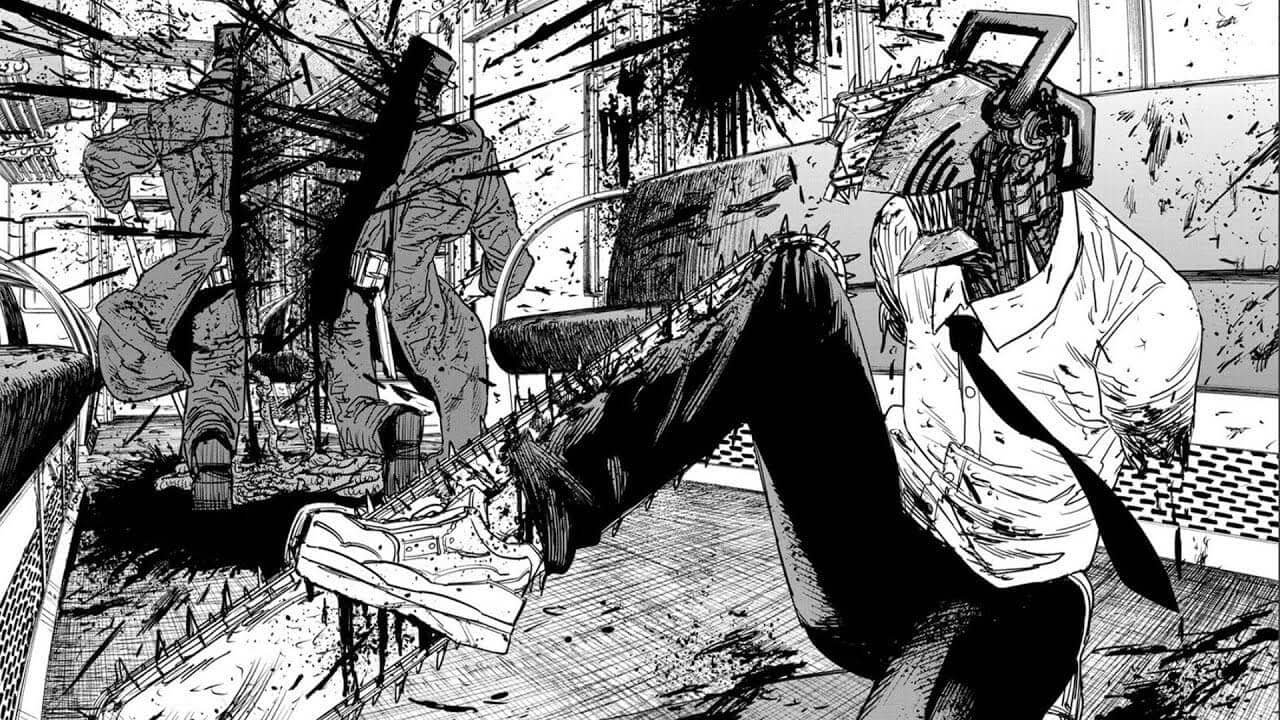Goodbye, Eri - Immortality with Film-making

The recently released one-shot manga "Goodbye, Eri" was an instant hit. Subsequent to the legendary Tatsuki Fujimoto's extremely well-received one-shot "Look Back" of July 2021, eager fans came into this with high expectations - and those expectations were exceeded.
Tatsuki Fujimoto, born in 1993, is the manga mastermind behind both Firepunch and Chainsaw Man which have attained international success. Serializing Firepunch in 2016, although incredibly young, he quickly amassed an intrigued fan base due to the manga’s shocking nature. After completing Firepunch, Fujimoto immediately serialized his biggest work yet, Chainsaw Man. Taking the manga world by storm, Chainsaw Man is a shocking Fujimoto tale with apparent and horrific violence, but deeper meanings that symbolize so much more than what it seems.
Admittedly, this mangaka takes heavy inspiration from cinema and other manga, with obvious references from “Sharknado”, “The Texas Chainsaw Massacre”, “Berserk”, and quite a few Junji Ito references. However, Fujimoto both subconsciously and purposefully intertwines himself into his characters and creates this personal and tightly packed story that is a product of his favorite modern pop culture. Especially in regards to Fujimoto’s one-shots, which are single-chapter or books with no sequel, you can truly see him diving deeper into himself through his art and dialogue.
Similar to "Look Back", "Goodbye, Eri" is another narrative that peers into the personal struggles and philosophies that Fujimoto can only express through his beautifully-crafted storytelling. Published in the spring of 2022, “Goodbye, Eri” is a shonen manga, full of nerve-wracking panels. Fujimoto is known to implement extreme chaos and shock into his stories, which are intricately connected with deeply emotional themes and meanings. This may make readers uncomfortable and some may dislike it, but the relatability and the authenticity in his manga will solidify Fujimoto as an unforgettable mangaka. This, in itself, is a critical idea explored with "Goodbye, Eri" and it couldn't have been portrayed any better.
Upon first look, it is obvious that “Goodbye, Eri” is Fujimoto’s love letter to the vast world of cinema. While many manga artists dismiss the fact of reading others’ manga or consuming much media, he shows his pop-culture enthusiasm with pride and believes a good creator needs to consume a lot of good media. With the main character, Yuta, becoming obsessed with filming and creating stories, and Eri being obsessed with consuming mass amounts of film, there is no doubt that Fujimoto shows himself in these characters. Utilizing a cinematic device that will remind readers of popular films like “Fight Club” or “Donnie Darko”, there isn’t a clear line between fact and fiction in this one-shot. By inconsistently drawing motion lines throughout choice panels, he misleads the reader into believing what exactly is reality. He makes the viewer question whether or not aspects of the story are pre-recorded, currently recorded, real-life, or even edited.
To start off “Goodbye, Eri”, Fujimoto demonstrates the uniqueness of coping with grief. Twelve-year-old Yuta, who has never been introduced to the idea of death, first experiences it with an extremely impactful death of a relative. As some may know, it is a very shocking and confusing time when experiencing death as a child, and Fujimoto illustrates it perfectly. Everyone copes with grief in their own way, with some coping mechanisms coming off as distasteful and awful, especially for the main character’s situation. Death is a huge part of “Goodbye, Eri”, and for Japanese culture at that. Yuta goes through so much grief from death that he can barely hold the weight, as he even questions the validity of suicide at points in the one-shot. In an attempt of distraction and a pursuit of passion, Yuta clings to the one interest he has and films through his pain.
In the latter half of the one-shot, an emphasis on immortality in films is present. Yuta records two very different characters with very significant negative traits but still conveys them in a very positive light. Yuta utilized the deathless nature of the film and allowed their attractive traits to solely hold the spotlight, forever cementing them as such in the form of cinema. Yuta seems to only ever lose, but with film, these intangible moments will never be lost, and Yuta embraces this concept whole-heartedly. Playing hand-in-hand with the theme of grief, Yuta chooses how his characters are remembered, and how they will continue to live through the screens of viewers.
The ending of this one-shot is surprising, to say the least. With such a full-circle conclusion to this story, you can almost feel Fujimoto smiling at you through the final pages. Having experienced such a clever ending, and the mind-boggling confusion between fact and fiction, you can’t even imagine what Fujimoto might have in store next.
If Tatsuki Fujimoto carries on with these unbelievable story-plots and art in his one-shots and manga, I truly believe he will be a mangaka to never be forgotten, just like the immortality of characters through cinema. Fujimoto supplies more than enough emotion in his stories that make the audience feel. All readers are able to feel the excitement, anger, happiness, and sorrow through Fujimoto’s manga. He makes readers experience every bit of emotion in his stories through his superb story-telling and drawing skills like no other mangaka. This trajectory will make him unforgettable, and Fujimoto is on a path to acquiring legendary status.
About the Author:
Henry Garland writes from Arizona as an undergraduate student. He has interest in arts, fashion, languages, and Asian cultures.







